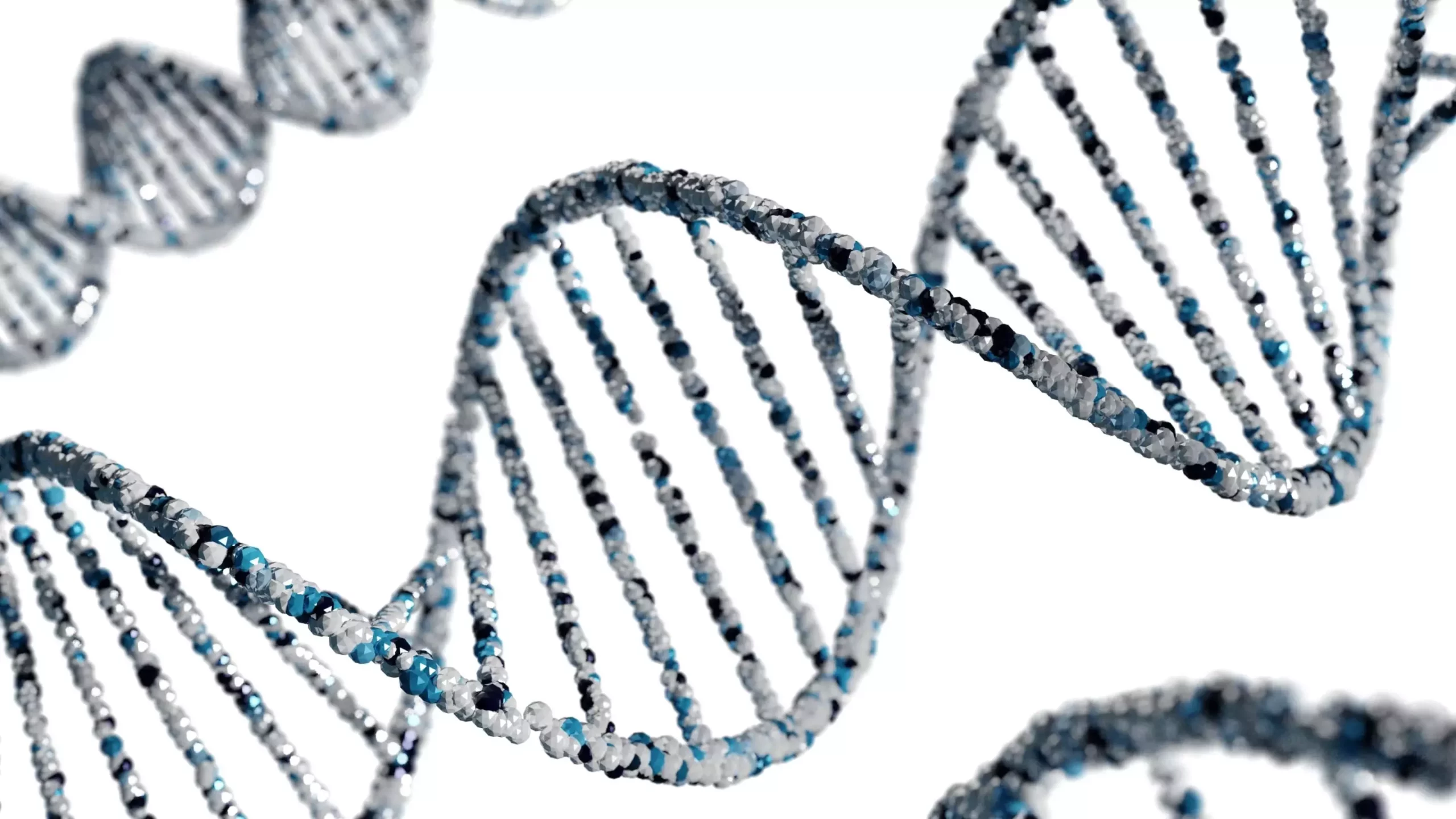In recent years, the field of medicine has been illuminated by groundbreaking advancements, particularly in therapies targeting complex diseases such as cancer. A wave of innovative treatments, from personalized immune therapies to antibodies tailored for individual patients, has emerged, promising to transform the landscape of healthcare. However, the intricacies and high costs associated with these therapies have rendered them inaccessible to many. The core of medical treatment still largely resides in traditional small-molecule drugs, which, despite their limitations, can be produced at scale and lower costs. The real challenge lies in the search for novel active substances, as traditional methods have plateaued, yielding a limited array of new compounds.
In response to this stagnation, a novel paradigm in drug discovery has been pioneered through the introduction of DNA-encoded libraries (DEL). Initially developed in the 2000s at prestigious institutions such as Harvard and ETH Zurich, DEL technology offers a pioneering approach that facilitates the synthesis and evaluation of vast numbers of chemical compounds in parallel. Traditional methodologies could produce only a modest selection of small molecule frameworks; however, advancements at ETH Zurich have marked a significant leap forward. A recent publication in the journal *Science* has unveiled a refined DEL method that permits the generation and testing of billions of distinct compounds in a fraction of the time previously necessary.
Historically, the DEL process has faced constraints primarily due to the restriction on the types of compounds that could be synthesized from a limited number of chemical building blocks. Scientists have often struggled with the contamination of molecular libraries, where DNA barcodes corresponding to unique compounds could also represent truncated or incomplete structures. The innovative solutions put forth by the ETH Zurich team, including the incorporation of magnetic particle technology, allow for a more streamlined and purified process of synthesis. This sophisticated mechanism purifies synthesized DELs down to their last building blocks, ensuring that researchers work with accurate representations of their compounds.
Moreover, the introduction of a secondary chemical coupling component that selectively binds only the final building block acts as a decisive purification step. By pairing this with automatic handling via magnetic particles, the researchers greatly enhance the reliability of the synthesis process, allowing for the effective segregation of pure compounds from those that don’t meet the desired specifications.
What is truly transformative about this new DEL methodology is its capacity to synthesize not just small molecules but also larger drug structures, including complex ring-shaped peptides. Traditionally, drug discovery has focused on identifying small molecules that fit snugly into specific therapeutic targets, much like a key fitting a lock. However, this refined methodology opens new avenues in drug discovery by enabling the creation of larger active agents that can interact with multiple sites on a protein’s surface. Such capabilities not only allow for targeting active sites within proteins but also facilitate the modulation of protein interactions in more nuanced ways.
The benefits of this broader synthesis capability resonate beyond therapeutic applications; they also represent a leap forward for foundational biological research. Access to a diverse library of larger molecules enables scientists to label and observe proteins in their natural environments, advancing our understanding of cellular mechanisms and protein functions.
The implications of ETH’s DEL technology are vast, intersecting with global research initiatives like Target 2035, an ambitious project aimed at identifying molecules for each of the approximately 20,000 proteins in the human body by the year 2035. By leveraging advanced DEL methodologies, researchers can aim for precision and specificity in the search for therapeutic agents capable of manipulating protein functions.
In anticipation of broader applications within the pharmaceutical domain, the researchers led by Jörg Scheuermann plan to establish a spin-off company dedicated to offering their innovative DEL synthesis processes. The initiative aims to provide comprehensive services, from the establishment of DEL collections to automated synthesis and efficacy screening. The interest from both industry and research sectors has been significant, particularly concerning the potential of cyclic molecules that previously could not be accessed in large quantities.
The advancements in DNA-encoded chemical libraries signal a new dawn in drug discovery. As researchers continue to harness the power of combinatorial chemistry, the possibilities for finding novel therapeutic compounds become increasingly promising. With the capacity to synthesize billions of distinct molecules and mitigate previous limitations, this technology stands poised not only to drive innovation in cancer therapies and other treatments but also to reshape the entire landscape of drug discovery, delivering solutions that could significantly transform healthcare as we know it.

